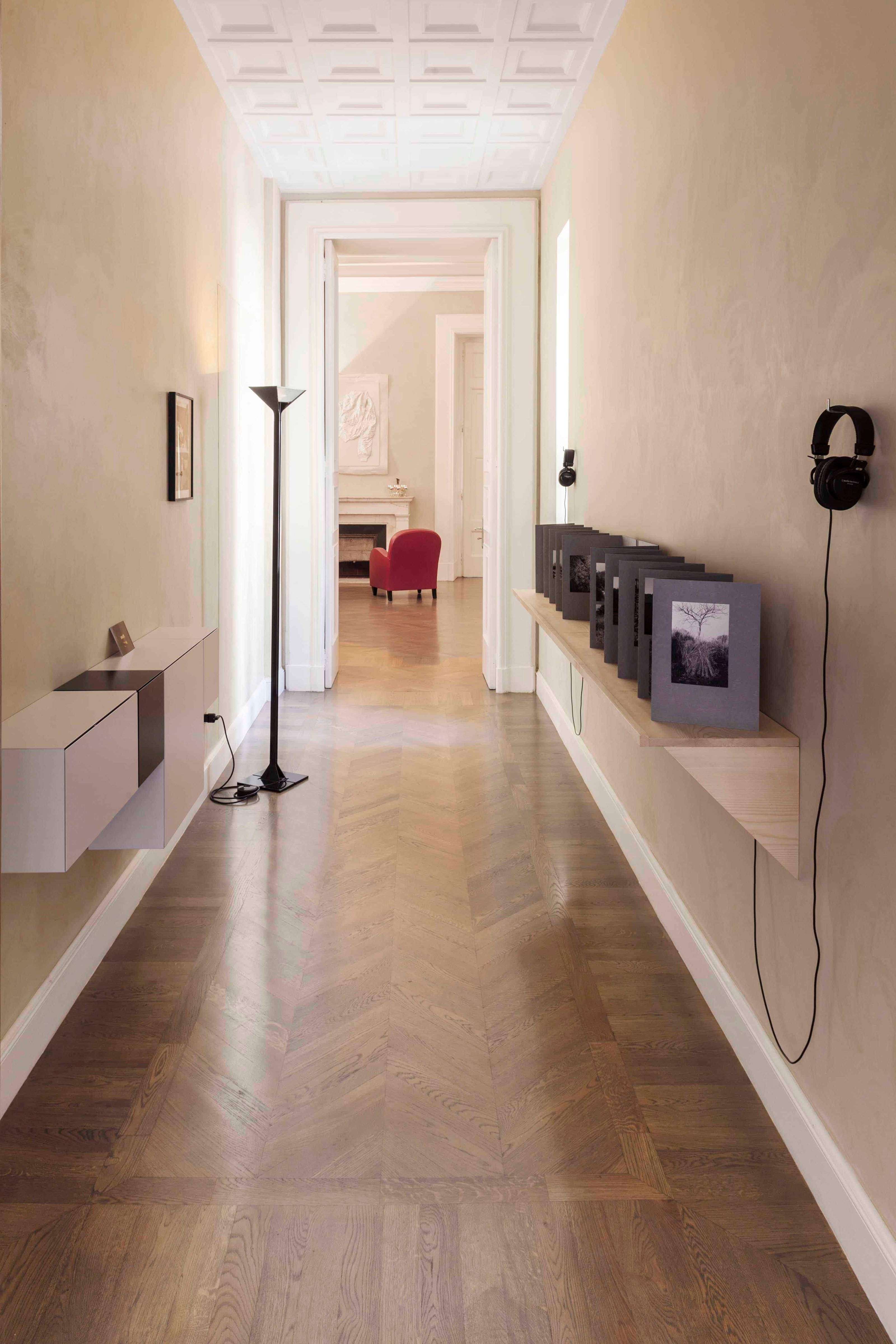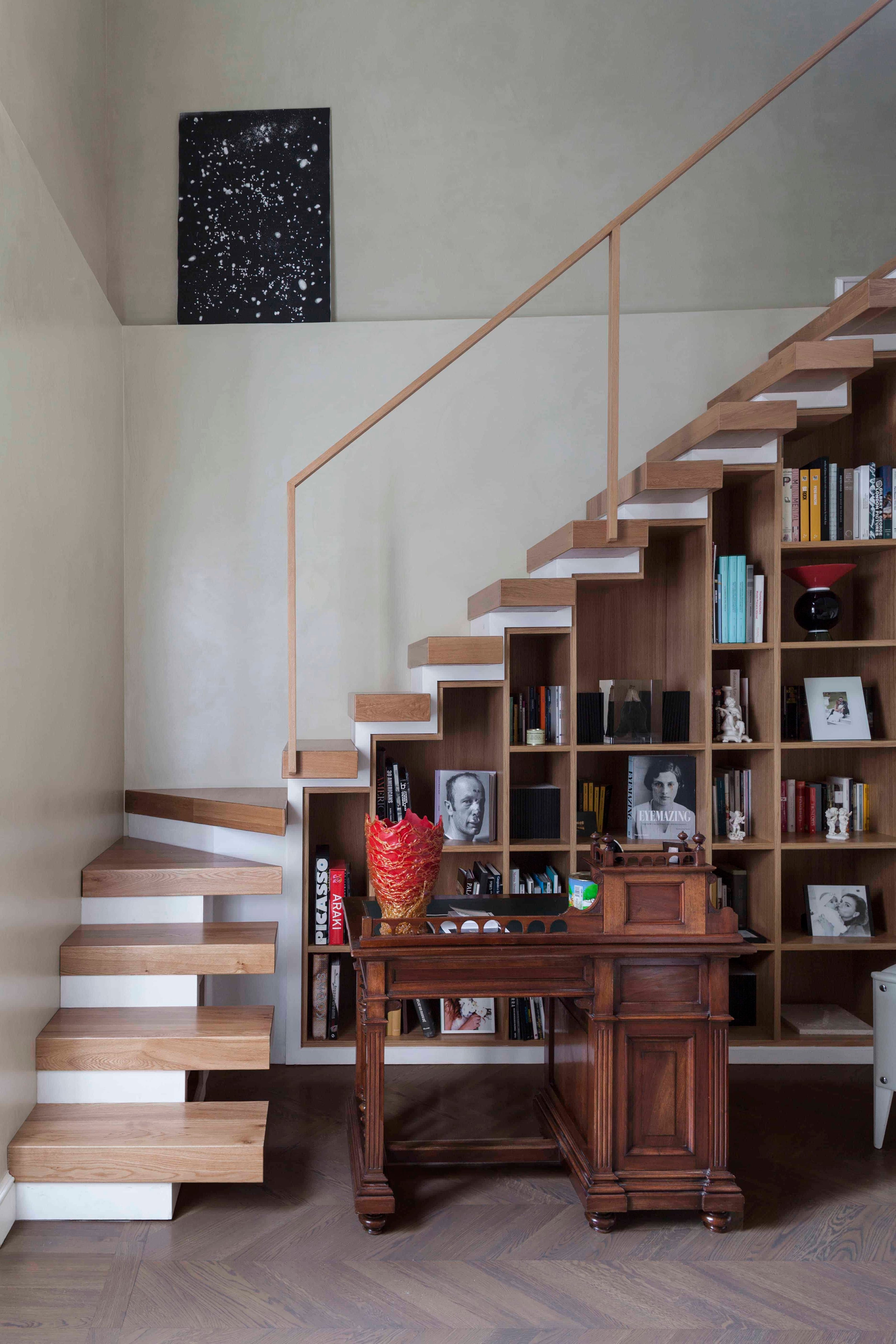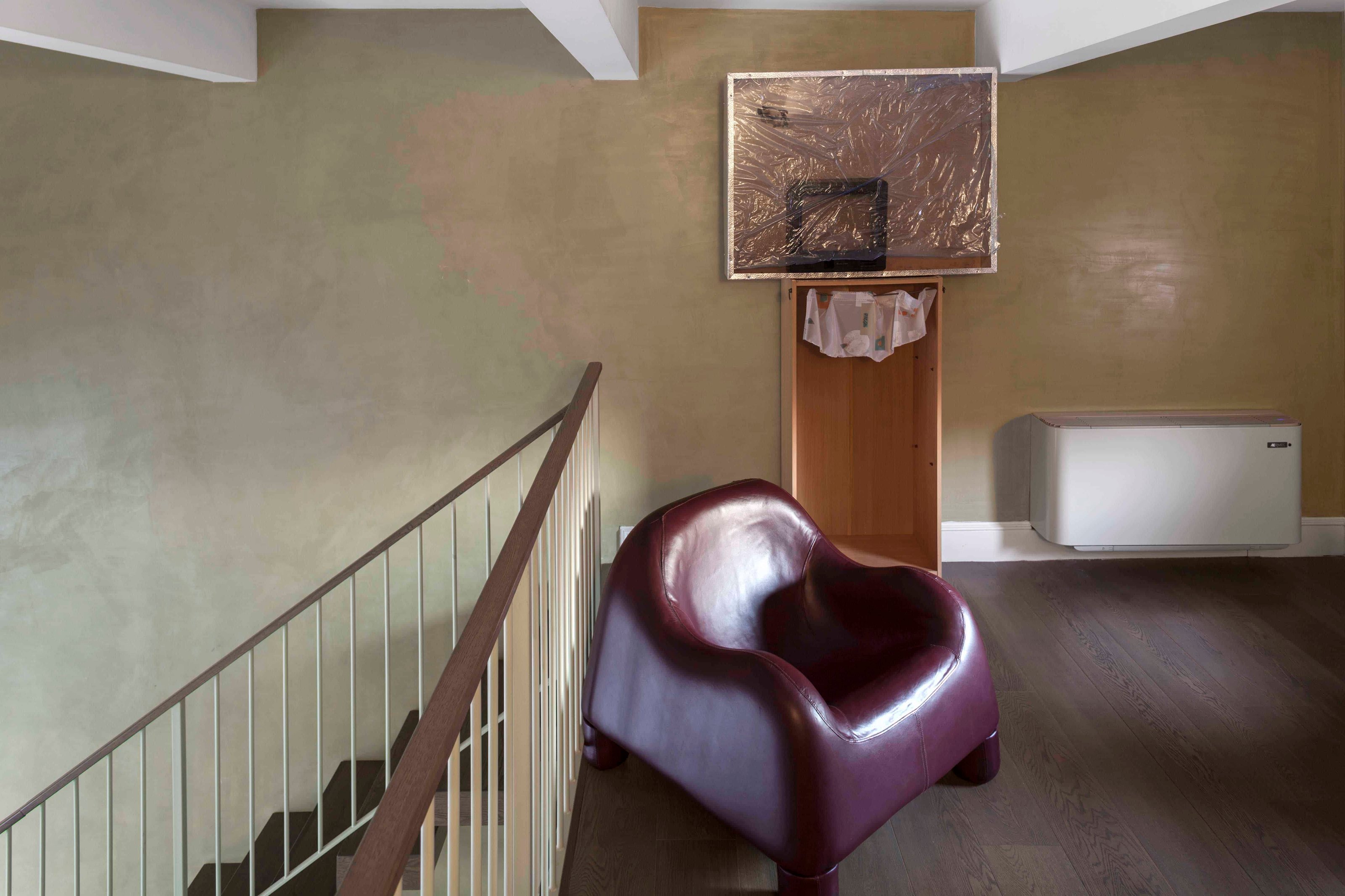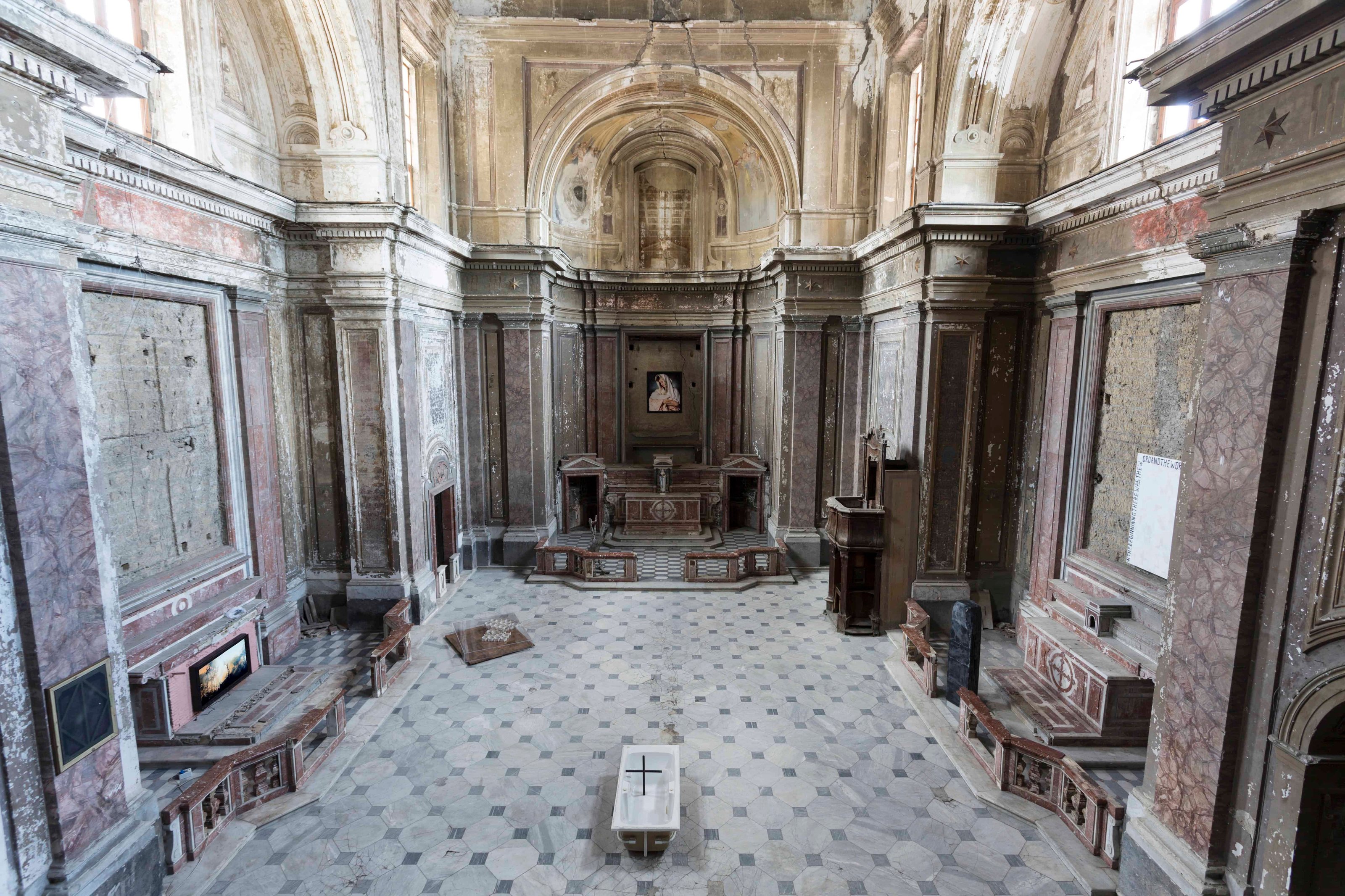

Considering his profession as a financial advisor and his hereditary enthusiasm for collecting art, Fabio Agovino may not immediately gain fans when discussing the matter of money and its effects on the ever-sensitized matter of art. It’s just not a discussion most people feel comfortable participating in, and especially not in public. Yet this behavior is only a consequence of our own doing. After all, money didn’t enter this world being dirty, we just cultivated it that way. There are ways, though, for a genuine relationship to exist between both realities. It’s merely a matter of purpose and, most importantly, a rigid approach to transparency—which is rarely seen today.
As a Naples native, Agovino had already been collecting for 20 years when he decided to combine his enthusiasm for art with his job in finance. With the intention of showing his clients new ways of investing, Agovino designed a workshop alongside curator Marianna Agliottone and MADRE’s director Andrea Viliani. Their goal was to align art and economy with an extensive overview of the market’s sustainability, as well as to offer art advisory services. While the overall aim of this series of encounters is transparent in its aspiration to produce financial benefits, it necessitates an outcome that is much larger and longer-lasting than the aspect of fast-lived money, namely the growing interpersonal exchange between art and its investor.

Agovino constructs a parallel between art and economy by teaching his clients how to invest sensibly while thriving emotionally from their very proximity to art. He wants his clients to make money but, most importantly, to be concerned with meaning. There are many things at stake when it comes to Agovino’s job, including the dispersion of art having become his central preoccupation. Unconventionally speaking or not: money can mean a good thing. And even a beautiful thing.
Collecteurs: Fabio, how did you initially join the art world?
Fabio Agovino: When I was very young, I began visiting museums in Italy and Europe. I remember my first encounter with Caravaggio in Naples, and Van Gogh in Amsterdam; I was completely paralyzed. Ever since, I’ve been traveling all over the world, visiting museums and galleries. At the age of 28, I bought my first work: Mario Schifano’s Paesaggio Anemico, 1970. From that day on, I turned my focus towards contemporary art.
C: You organize events that revolve around the theme of collecting art. Could you tell me a little about the agenda of these meetings, and what your goals are in terms of publicly discussing collecting? Is it a lot about the how to collect?
FA: I was born and raised in Naples which has made its artistic heritage largely thanks to private collections. Since I had been collecting for twenty years, I decided to create an overview on the subject of collecting within the bank I work for. I really feel that the relationship between art and economy belongs to me.

Our project consists of a series of encounters that are dedicated to the exploration of art collections in their relation to the art advisory services that banks increasingly offer to their clients. Museum directors, art dealers, established and up-and-coming collectors, trade show directors, entrepreneurs who invest in art and financial specialists all debate the present economic status of art. In the first encounter, Andrea Viliani discusses the sustainability of the art market and the general idea behind commerce. My aim is to get our clients excited about artists, their work, and collecting.
C: What is the current prognosis of the art market’s sustainability?
FA: Until recently, the art market was a small industry with relatively little money involved. Things have changed in a short amount of time. With advances in technology and the development of social media and e-commerce, people’s lives have changed. Compared to the past, the number of collectors has grown considerably and, as a consequence, fairs, galleries, and auctions have increased exponentially. The market has reached its largest number of participants.
The way of collecting has also changed accordingly. Through Instagram and online auctions, it’s now possible to buy artworks that were previously unthinkable to obtain. In addition, new investors from Asia have entered the market, increasing the overall number of collectors.
C: What has been the general reaction of clients at the bank? Are people immediately interested in potentially joining the art world, or are there initial concerns and hesitations?
FA: The first thing I try to explain to my clients is that art is an important investment. But that’s only the first approach in order to intrigue them. Art can be something more than just a monetary investment; it can be a cultural enrichment. I would like to see my clients get excited about art for their own personal development.
C: What’s been a successful way for you to genuinely foster the relationship between art and buyer, without money becoming the sole force?
FA: The market can be the first step towards entering the art world. Immediately after, though, individual growth must come in. Aesthetic enjoyment, cultural growth and monetary investment can come together. In the contemporary art world, you have the opportunity to discover and follow an artist, to feel like you are part of something new, and that’s one of the most stimulating things life has to offer.
My first suggestion to my clients is to be curious and start visiting galleries, shows and fairs, and meet artists.

C: Do you also try to personalize the connection between the artist and the potential buyer?
FA: For me, one of the most satisfying aspects of being a collector is the relationship with artists. Some of them were at the beginning of their career when I began collecting them and now their work is in important international galleries, museums and shows. They have won important prizes, like Helen Marten who just won the Turner Prize. Putting the clients in touch with the artists is a good way to increase their interest in art, but also to genuinely support the artist’s work.
C: While working as a financial consultant, you’ve also done exhibitions that put art directly into dialogue with commerce. Like Made in Naples (2017), which took place inside the main offices of the bank and was dedicated to the relationship between art collections and the art advisory services that banks offer these days. What are your hopes for these types of unconventionally erosive yet, nevertheless, very relevant shows? Do you wish to disclose some type of transparency?
FA: Inside a market’s climate where finance vacillates and investors are always searching for new methods to increase economic returns, artworks are increasingly seen as an alternative asset. A lot of wealthy collectors want to combine a good investment with aesthetic satisfaction.
Events such as Made in Naples show the strong bond that exists between art and market. It’s a fertile ground for opportunity, yet certainly not without risks. _Made in Naples_was a tribute to the city of Naples, and confirms the commitment that the bank assumes as a cultural promoter.
There are often negative connotations around banks. More so, the idea of money, and how it has changed the overall landscape of art, its inflation. I suppose this also makes it difficult to positively tie together the bank and art world.
There’s no doubt that the market affects the art world. It constantly changes trends and opinions on artists and their works, and not always in a positive sense. I suggest to follow one’s own taste and appreciate the value of an artist or a project, rather than the trends of the market.

Made in Naples, 2017, Widiba Bank, Naples.© Maurizio Esposito for Collecteurs. Danilo Correale – The Future in Their Hands (the visible hand), 2011/2012
C: But how can you actively separate market—and by that we refer to trends here—and buyer, if the initial contact with art is based on the idea of an investment? I would assume that one’s personal taste doesn’t always align with the market…
FA: I always tell my clients about Piero Manzoni’s Merda d’artista (1961). On May 21st, 1961 at Galleria Pescetto, a series of Manzoni’s 90 tiny metal cans were shown. It was the legendary work Artist’s Shit, which contained 30g. of feces. Each of them were sold at that day’s price of gold.
C: Manzoni’s work Artist’s Shit was reportedly contained feces, but in reality it was plaster. The question is: would you invest in that little box today, if you didn’t believe in the power of art?
FA: At first, an artwork can be difficult to understand. But over time it will prove itself satisfactory, both culturally and economically.
C: In some ways it feels nowadays that meaning has become less important internally, yet more so externally.
FA: Only those who probe can get close to Piero Manzoni’s work and understand his research and aesthetics.

Collezione Agovino at the church of San Giuseppe delle Scalze. © Maurizio Esposito for Collecteurs. “Frammenti di Paradiso”, installation view, Chiesa delle Scalze, Naples

C: Your very first exhibition in a public space, called Fragments of Paradise (Frammenti di Paradiso), took place inside the 17th century deconsecrated church of San Giuseppe delle Scalze a Pontecorvo. Was it vital for the exhibition that the church was deconsecrated?
FA: The exhibition Frammenti di Paradiso constituted an important step for my collection, having been its first public appearance. I chose the church San Giuseppe delle Scalze because it’s a symbol of spirituality’s fragility. The deterioration of the building is the perfect metaphor for the complexity of the humankind’s spiritual sphere; how we are always looking for paradise, the realm of possibility. Moreover, the church is strongly linked to its neighborhood. It organizes different activities, like workshops for young architects and artists, theater and dance labs.
C: A church’s symbolism is loaded with meaning. Were you ever concerned its weighty symbolism might distract from the exhibition itself? I suppose the same could be claimed for the location of Made in Naples, a bank. Why is it important for you to place art into a geographical context?
FA: Dennis Oppenheim once said, “The artwork is not placed in a place, it is that place.” When you work on an exhibition, you must always bear in mind the relation between the artworks and space. Together they create a narrative. Choosing a historic place is difficult, but the dialogue between the works becomes interesting.
C: It does get more interesting, but sometimes it may also entirely change a work’s intended meaning. In the end, it’s a question of how to create a relevant dialogue that does not entirely change the meaning of things… because if it does, then I suppose it’s no longer about the work but the place of exhibiting.
FA: There’s a spontaneous collaboration between the artwork and the public. It’s a link to the practice of interpretation, without that, art wouldn’t exist. The interpretation is part of an artwork’s identity, and every show is a story about the personal point of view of the curator, a collector or an artist. In this way, a lot of possibilities open up. The location contributes to creating a multiple identity of the artwork. There’s not only one interpretation, but an infinity of them. And that’s the great power of art.
C: As an art enthusiast and an individual, what are you seeking?
FA: Collecting means to be able to create an interpretative key to the world, it’s extremely personal. It helps me to make sense of the time we live in.
C: Would you agree to this sentiment: if art is not seen, there’s no art?
FA: The ability to make somebody feel something, that’s art.
